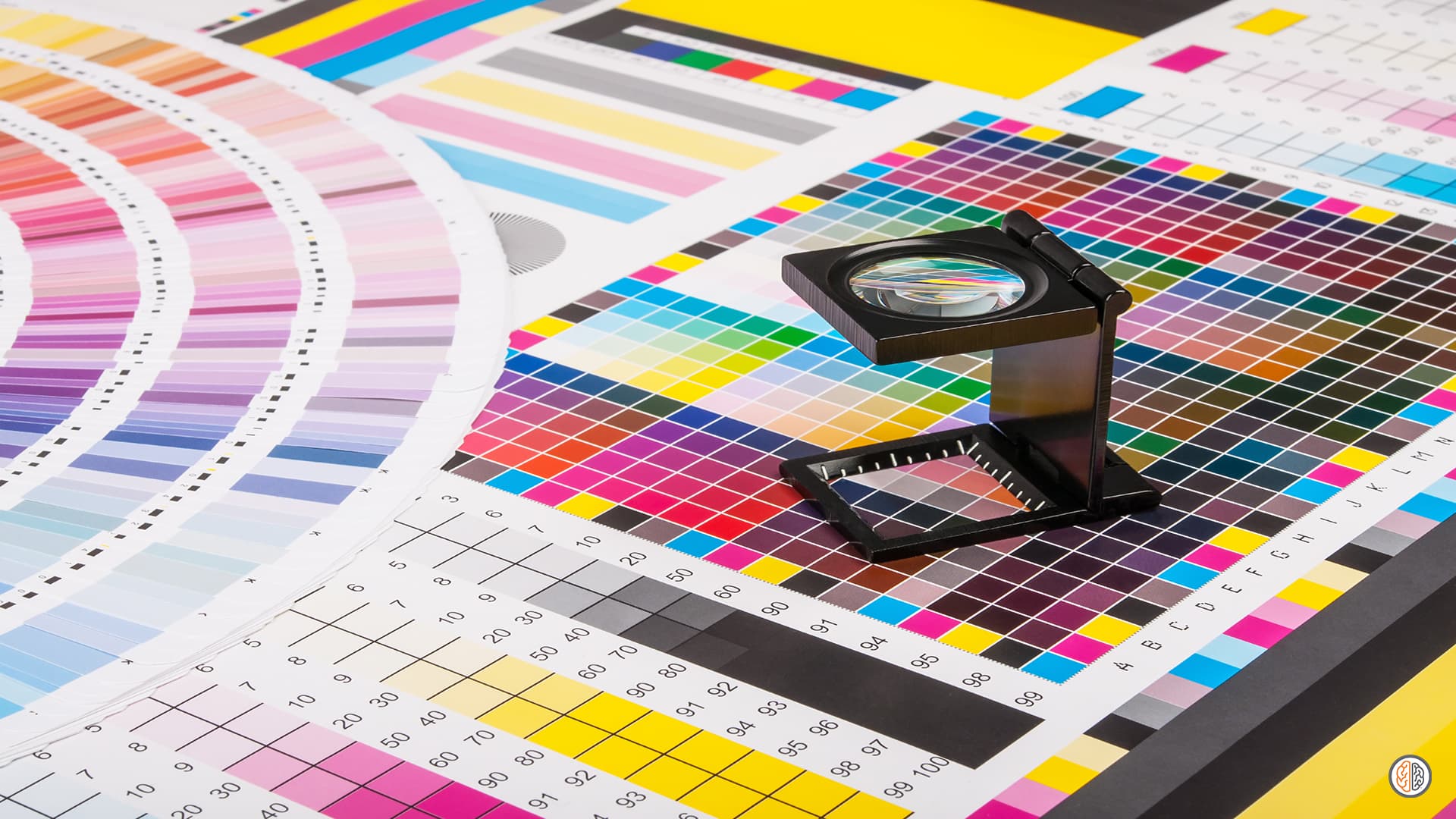Digital Printing Fundamentals Explained
Digital Printing Fundamentals Explained
Blog Article
Facts About Digital Printing Revealed
Table of ContentsA Biased View of Digital PrintingThe Best Strategy To Use For Digital PrintingFacts About Digital Printing Revealed8 Easy Facts About Digital Printing ExplainedGet This Report about Digital Printing4 Simple Techniques For Digital PrintingSome Known Incorrect Statements About Digital Printing Excitement About Digital Printing
Customization likewise enables services to stand out in a jampacked market by developing one-of-a-kind advertising and marketing products that separate them from their rivals. One of the main advantages of digital printing is the capacity to publish variable data. Each printed item can be one-of-a-kind, enabling services to produce individualized advertising materials that talk straight to their target market.Digital printing likewise enables for modification in the layout of advertising materials (Digital Printing). With digital printing, companies can develop styles that are unique and customized to their specific needs.
Some Of Digital Printing
By printing smaller quantities of advertising materials, organizations can lower waste and avoid the need for excess stock. Digital printing is likewise flexible.
By making use of different products and layouts, organizations can create unique advertising and marketing materials that stand apart from their rivals and stand out from their target audience. Digital printing likewise uses consistency. With typical printing techniques, there is typically variation in between prints because of distinctions in ink insurance coverage, stress, and other variables.
This uniformity can help construct consumer trust and trustworthiness, showing that the organization is committed to supplying high-grade materials. Uniformity is especially crucial for businesses that intend to build consumer count on and integrity. By making sure that every print is consistent, organizations can reveal that they are devoted to providing premium materials and paying focus to the details.
All about Digital Printing

On top of that, digital printing generates less waste since it can publish on demand and in smaller sized amounts, lowering the requirement for excess inventory and materials. Digital printing also uses much less power compared to typical printing techniques. Digital printers do not require as much power to run, as they do not require to warm up as a lot or use as much power to run.
Little Known Questions About Digital Printing.

Countered printing requires a plate for each color published. Conventional countered printing is a print technique that uses light weight aluminum plates to move ink onto a rubber sheet (typically referred to as a "covering").
Some Known Facts About Digital Printing.
Offset printing allows for a vast array of print materials to be made use of throughout production. The top quality pictures produced through balanced out printing make it the recommended method, specifically among graphic developers, when seeking the greatest shade recreation, information, and professional-looking prints.
The basic printing technique remains offset. For electronic inkjet printing, ink is transferred directly onto the surface. As opposed to depending on light weight aluminum plates and rubber blankets to move a picture, digital printing utilizes liquid ink during manufacturing. Standard home inkjet printers are one of the most usual digital printing techniques.
What Does Digital Printing Do?
Because countered printing can blend custom-made shade inks for each task, it will normally get the shades spot-on. Count on balanced out printing for tidy, unique kinds and photos without streaks or places.
It costs a lot to start an offset work. You have a peek at these guys need to invest money right into developing home plates, which requires time. Nonetheless, when you've invested it, all of the materials are prepared to go, and you'll invest much less on large offset tasks than an electronic print, which is about the exact same per item no issue how big the work obtains.
Digital printing is less expensive for low-volume work. The price per device drops for electronic printing, so at some point, they crisscross. Altering details within a single print work.
The Basic Principles Of Digital Printing
While digital printing or inkjet printing is the favored option in the existing times, there are compelling factors to transform from offset to electronic printing systems. When publishing offset or digitally, critical decisions and processes are involved in shade matching.
Whichever the instance, the shade will need to be matched. Shade matching of electronic printer ink is no more challenging with dyes and pigments. Industrial inkjet printing offers flexibility for printing on several substrates. Digital printing is suitable for clients that do not require longer runs and warehousing products.

One benefit of electronic printing is choosing from a broad variety of electronic substratums. With digital printing, the expense of the substrate in the overall work is tiny.
Digital Printing Things To Know Before You Get This
Tools costs in inkjet printing are far lower than offset printing as there are no plate-making, plates, and press expenses. Beyond the resources expense, the prepress tools and printing presses need highly experienced drivers in countered printing, which includes labor costs.
Report this page